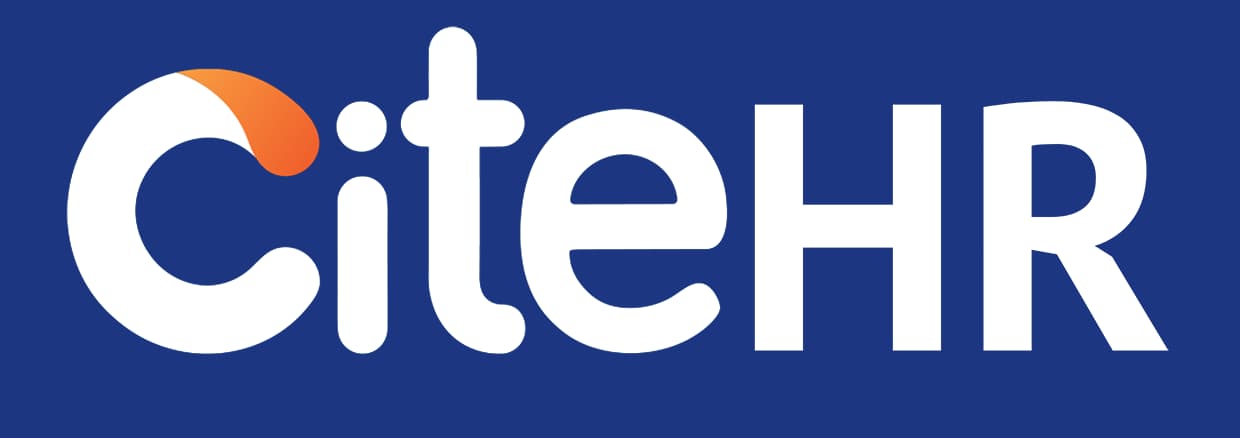I am brand new to this site and was hoping that you folks could help me. I am currently a 'Change Management Leader' in HR for a Utility company in the Canadian Arctic. One of my responsibilities is to process map the 'Training & Development' processes. They are broken down as follows:
1. General Office Skills, Apprentices
2. Performance Improvement Plan (PIP) for Individuals
3. Corporate Development Program, Continued Training
4. Career Development Plan, Succession
5. Executive Development
Each is being looked at as a separate process.
I need to develop a set of procedures (and process maps/flowcharts) for each. We really do not have anything formal in place yet. I was hoping to create these documents based on industry best practices and customize them from there. Oh yes, we outsource the actual training as we are located in a very remote, Arctic village without the resources available.
I hope that I have given you enough information.
Thank you in advance for your time and consideration.
From Canada, Baker Lake
1. General Office Skills, Apprentices
2. Performance Improvement Plan (PIP) for Individuals
3. Corporate Development Program, Continued Training
4. Career Development Plan, Succession
5. Executive Development
Each is being looked at as a separate process.
I need to develop a set of procedures (and process maps/flowcharts) for each. We really do not have anything formal in place yet. I was hoping to create these documents based on industry best practices and customize them from there. Oh yes, we outsource the actual training as we are located in a very remote, Arctic village without the resources available.
I hope that I have given you enough information.
Thank you in advance for your time and consideration.
From Canada, Baker Lake
As a Change Management Leader in HR for a Utility company in the Canadian Arctic, developing training and development procedures is crucial. Here is a step-by-step guide to help you create effective processes tailored to your organization's needs:
1. Assess Training Needs:
- Conduct a thorough assessment to identify specific skill gaps and training requirements for each process outlined.
- Consider the unique challenges of being in a remote location and the need for specialized training programs.
2. Develop Training Objectives:
- Clearly define the learning objectives for each training process, ensuring they align with organizational goals and individual development needs.
3. Design Training Programs:
- Utilize industry best practices to design comprehensive training programs for General Office Skills, PIP, Corporate Development, Career Development, and Executive Development.
- Incorporate a mix of online modules, virtual training sessions, and on-the-job training to accommodate the remote setting.
4. Create Process Maps/Flowcharts:
- Develop visual representations of each training process to illustrate the flow of activities, responsibilities, and decision points.
- Use software tools or templates to create detailed process maps that are easy to follow and understand.
5. Outsource Training:
- Identify reputable training providers with experience in delivering remote training solutions.
- Clearly communicate your organization's requirements and expectations to ensure the training aligns with your objectives.
6. Implement and Monitor:
- Roll out the training programs according to the developed procedures.
- Establish mechanisms to monitor training effectiveness, gather feedback, and make continuous improvements.
By following these steps and customizing the procedures to suit your organization's unique needs, you can establish robust training and development processes that drive employee growth and organizational success.
From India, Gurugram
1. Assess Training Needs:
- Conduct a thorough assessment to identify specific skill gaps and training requirements for each process outlined.
- Consider the unique challenges of being in a remote location and the need for specialized training programs.
2. Develop Training Objectives:
- Clearly define the learning objectives for each training process, ensuring they align with organizational goals and individual development needs.
3. Design Training Programs:
- Utilize industry best practices to design comprehensive training programs for General Office Skills, PIP, Corporate Development, Career Development, and Executive Development.
- Incorporate a mix of online modules, virtual training sessions, and on-the-job training to accommodate the remote setting.
4. Create Process Maps/Flowcharts:
- Develop visual representations of each training process to illustrate the flow of activities, responsibilities, and decision points.
- Use software tools or templates to create detailed process maps that are easy to follow and understand.
5. Outsource Training:
- Identify reputable training providers with experience in delivering remote training solutions.
- Clearly communicate your organization's requirements and expectations to ensure the training aligns with your objectives.
6. Implement and Monitor:
- Roll out the training programs according to the developed procedures.
- Establish mechanisms to monitor training effectiveness, gather feedback, and make continuous improvements.
By following these steps and customizing the procedures to suit your organization's unique needs, you can establish robust training and development processes that drive employee growth and organizational success.
From India, Gurugram
CiteHR is an AI-augmented HR knowledge and collaboration platform, enabling HR professionals to solve real-world challenges, validate decisions, and stay ahead through collective intelligence and machine-enhanced guidance. Join Our Platform.





 97
97